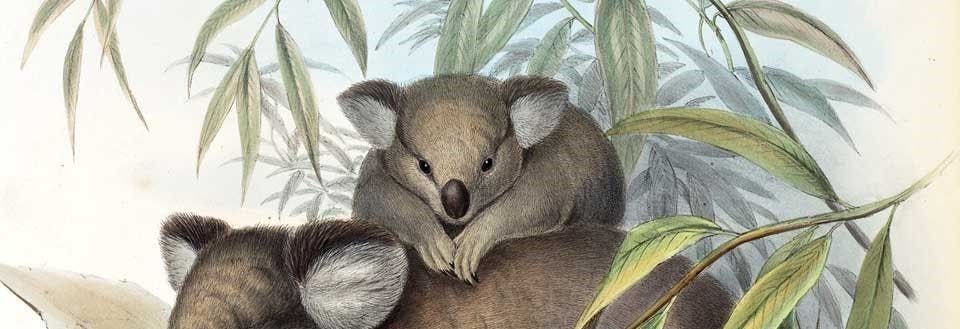Humboldt, Alexander Frieherr von, 1769-1859.
De distributione geographica plantarum secundum coeli temperiem et altitudinem montium, prolegomena. Paris: In Libraria Graeco-Latino-Germanica, 1817.
Darwin tells us that there were two authors he encountered as a student that influenced his career more than any other. One was the English astronomer and philosopher John Herschel, and the other was the German naturalist Alexander von Humboldt. Humboldt had journeyed to South America in 1799-1804 and explored the Orinoco River and the Ecuadorean Andes. Darwin read Humboldt’s narrative of the journey and was smitten by the urge to explore himself. Humboldt was one of the first naturalists to emphasize the importance of studying the geographical distribution of animals and plants, and Darwin would take this to heart on his own voyage. This plate is a graphical representation of the way plants change with altitude, and also with latitude. Of the three mountains depicted, the one on the left lies on the equator, the central one in the Alps, and the one on the right in northern Japan, and it can be seen that the tree line is much lower for the northern mountains than for those in the tropics. Trying to explain the facts of biogeography would be a key motivator for Darwin in his quest to determine the origin of species.

